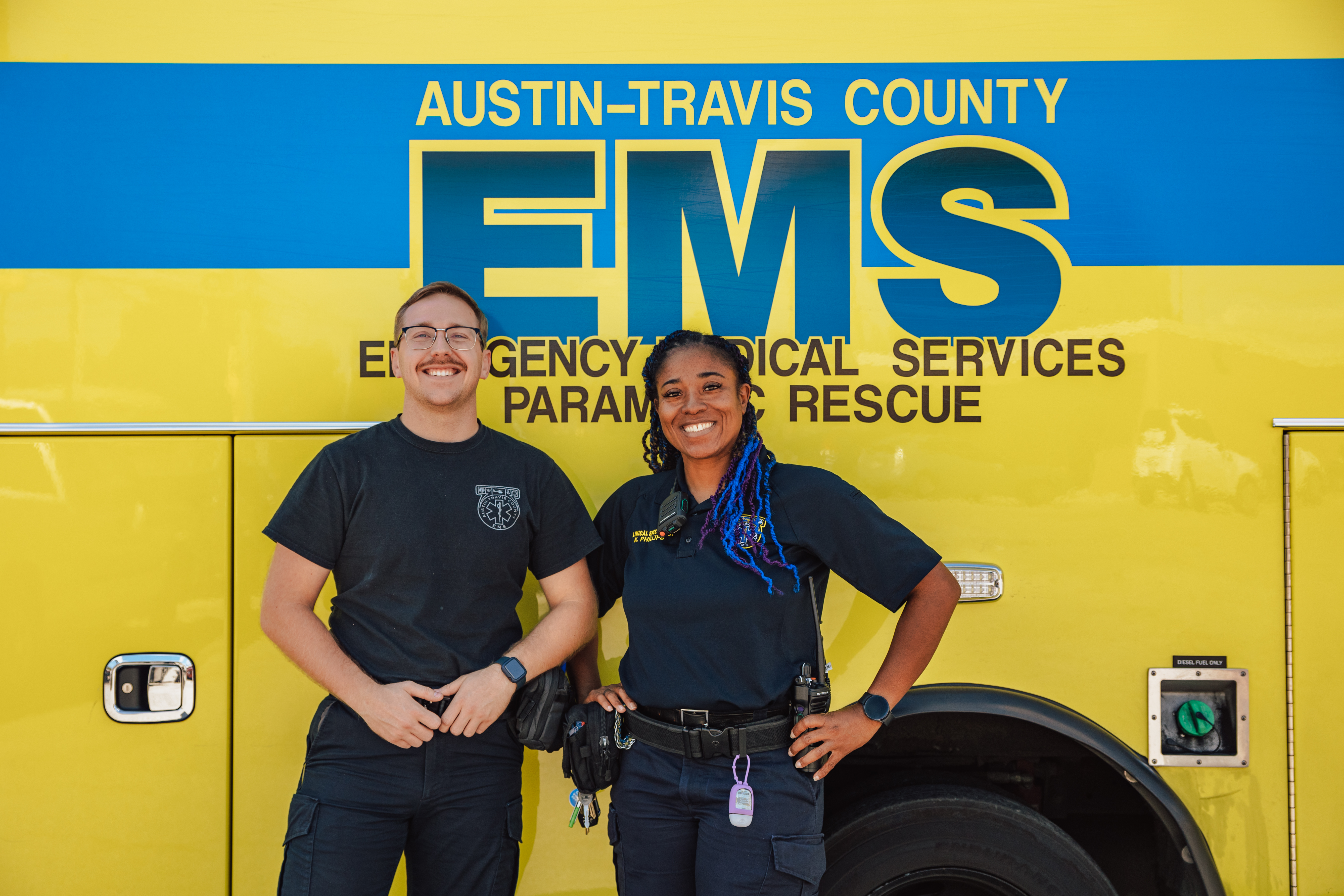Become an EMT
ATCEMS does not offer EMT-Basic or Advanced EMT training programs. However, you can view a list of accredited Paramedic programs at the Commission on Accreditation of Allied Education Programs. Check with your local colleges to get more information about EMT courses available near you.
There are 3 levels of EMT certification or license:
EMT-Basic (EMT-B)
An EMT-Basic provides basic life support. This certification requires one semester of training at a local community college or accredited program. The Texas Department of State Health Services (TDSHS) approves the courses (in Texas); therefore, class hours per week and course length will vary.
Advanced EMT (AEMT)
An Advanced EMT builds on the knowledge gained as an EMT-B. In general, it takes a semester of college in addition to the time required for the EMT-B certification. In Texas, AEMTs can give medications, start IVs, and provide advanced airway management among other skills.
Licensed Paramedic (LP) & Paramedic (EMT-P)
The scope of practice between Licensed Paramedic (LP) & Paramedic (EMT-P) are the same, however the schooling is different. The licensed paramedic has either a two-year EMS degree or a four-year degree in any field paired with a paramedic certification. The EMT-P has a paramedic certification. There is approximately one year of schooling in addition to the time required for the EMT-B certification to become a paramedic. Paramedics are able to provide advanced life support including, but not limited to, administering cardiac medications, cricothyrotomy, EKG interpretation, and needle thoracostomy.

